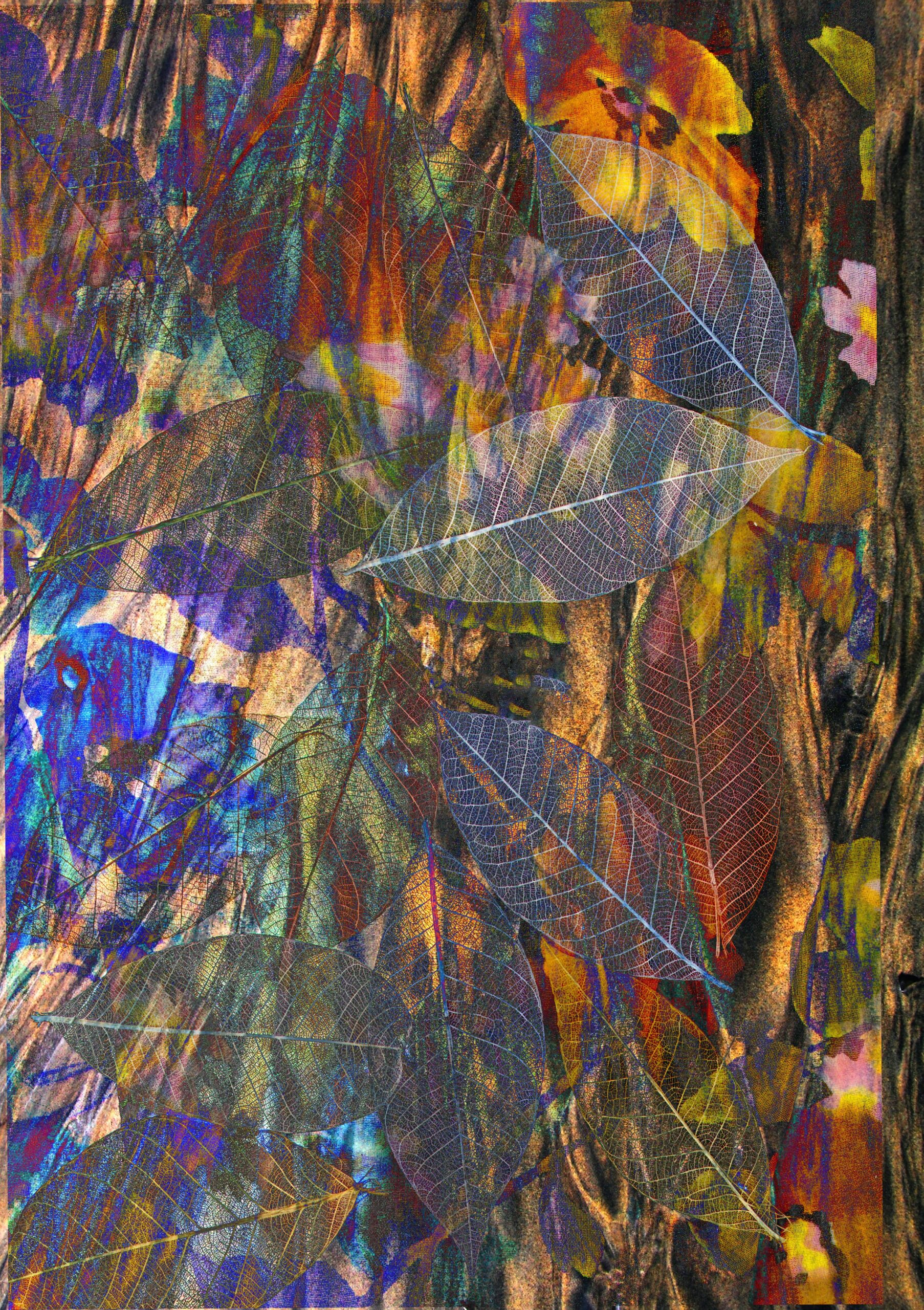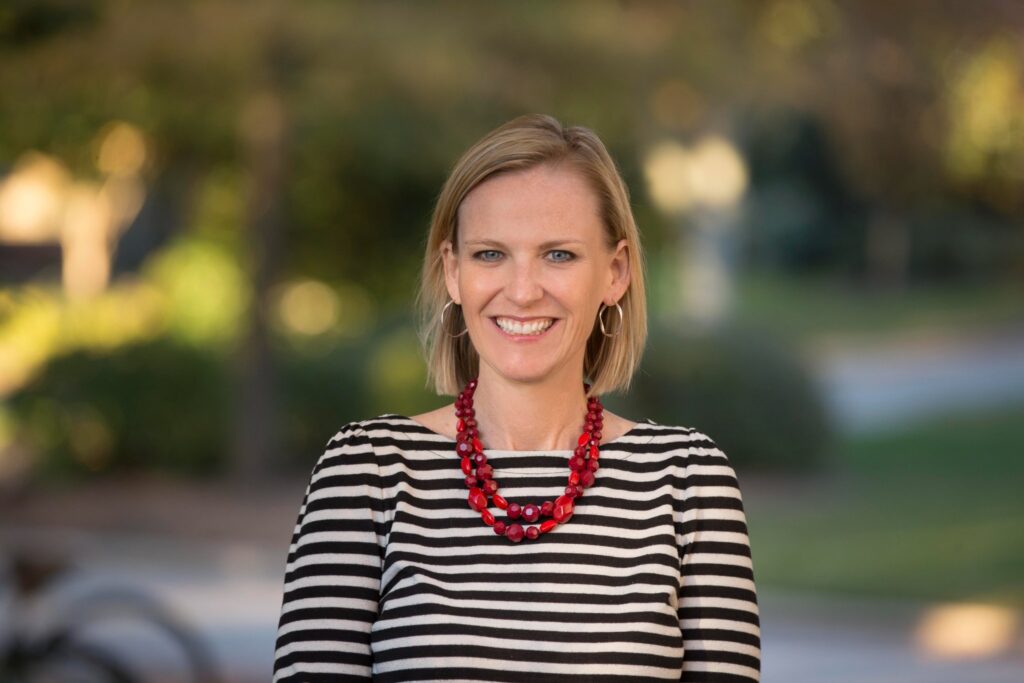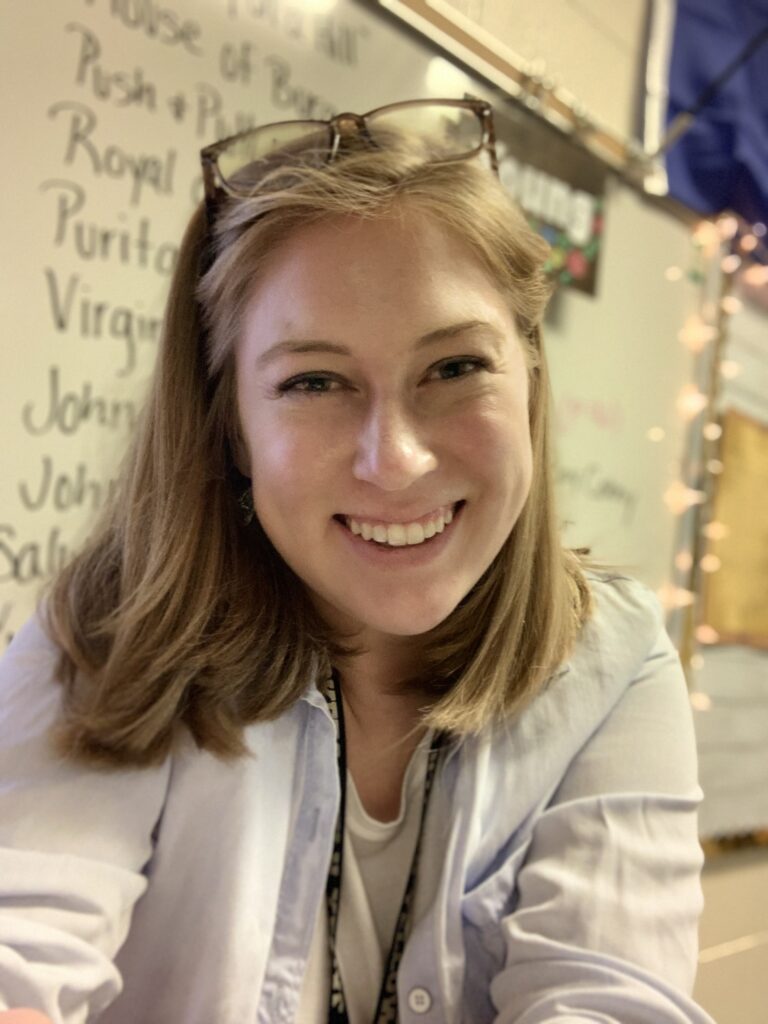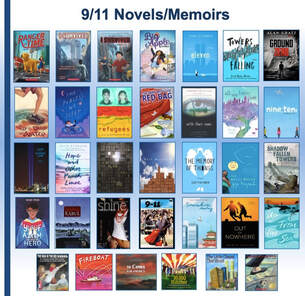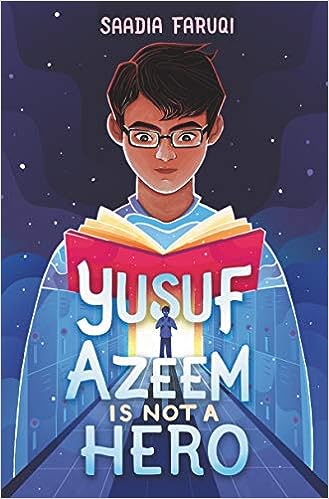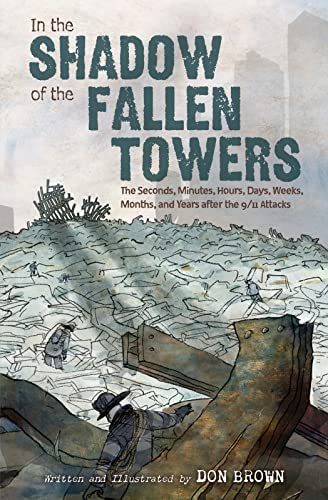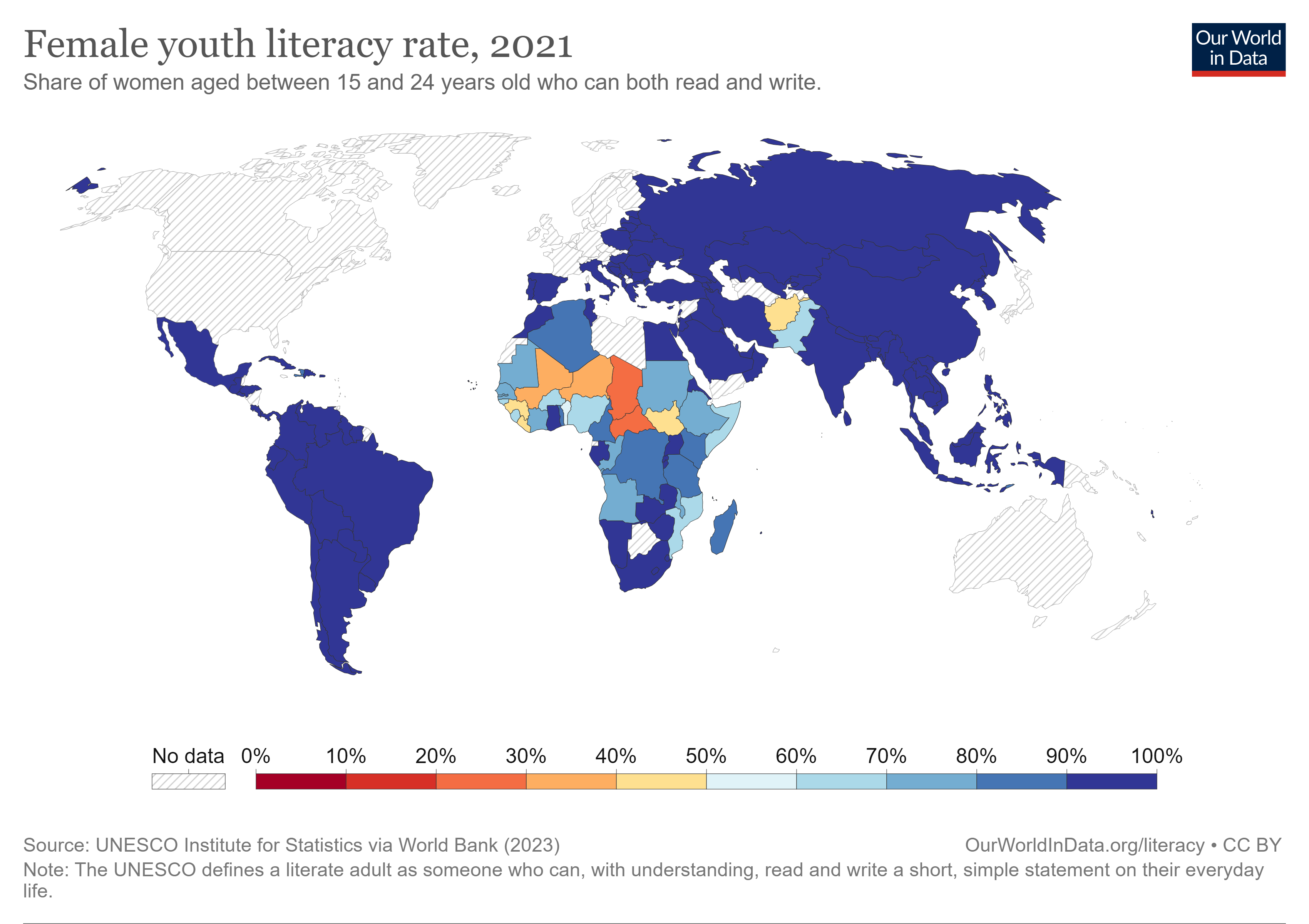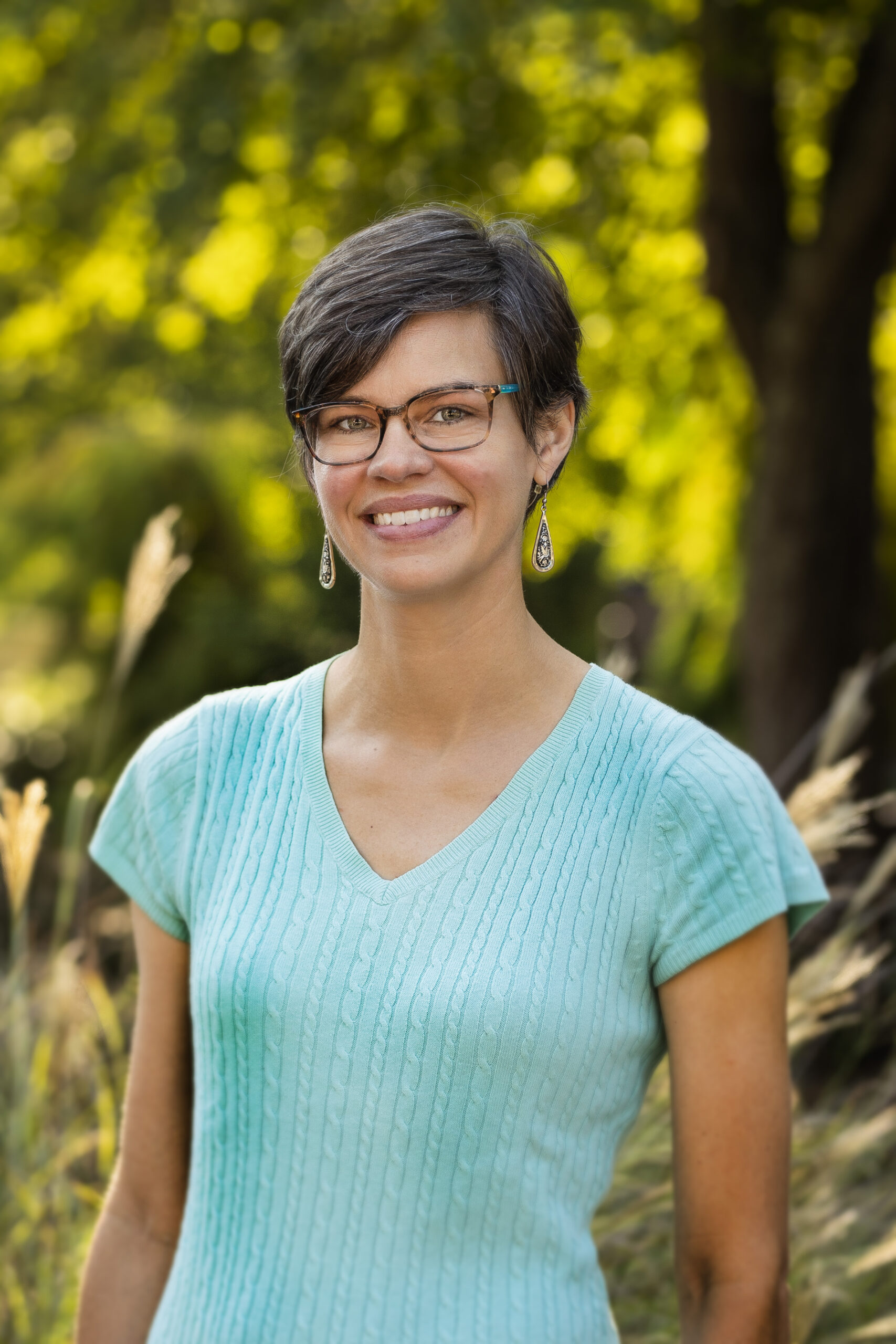This week’s blog is by Beth Shaver as she shares how to develop primary source anthologies in Social Studies and History courses. Read more about Beth at the end of her blog.
When I think about literacy in social studies, my mind is automatically drawn to conversations around the purpose of social studies. There is a consensus that the primary purpose of social studies is to educate our students about citizenship and active participation in our republic (NCSS, n.d.). As teachers, we understand that literacy is a necessity for civic engagement and that literacy, and the social studies, are inextricably linked.
For our students, however, that connection may not be so clear. I imagine that we would be hard-pressed to find a social studies teacher who has not been asked the age-old questions of ‘Why do I have to learn this?’ and ‘Who cares about a bunch of old dead men?’ Honestly, the root of their argument is valid. Falling back on Mark Twain’s musing that “history doesn’t repeat itself, but it often rhymes” as a rationale is simply not enough to convince our students that social studies generally, and literacy in the social studies specifically, is necessary or that primary sources are useful.
If we, as teachers, are going to ask students to read, think critically, and be willing to participate in critical discussions, they are going to want to know why. Especially in the modern era when we are competing with cell phones and social media in the classroom, our students need to internalize why social studies matters to them. Ultimately, reading in social studies classrooms must be relevant to our students.
Charting a Student-Centered Approach
While there are many approaches to student-centered, engaging, literacy-based, and relevant lesson plans in social studies classrooms, an approach that I used in my classroom, and had success with, was the individual curation of anthologies. As a White woman who was teaching the African American Studies course, this approach came about because it was important for me that students had the autonomy to research and learn about ideas and issues that were important to them in parallel to the history that they were learning in class. I knew that I did not have the authority or ability to speak to every issue. So, I focused on the history and taught the students how to find voices and experiences of the past in primary source materials, based on what they were interested in and curious about.
Although the anthology originated in an elective course, it can be easily applied in any history-based social studies course and can be scaffolded or extended based on the needs of the individual learner. Application of state social studies standards to this project can be woven in easily with this project as well. As an example, in North Carolina, our social studies standards ask students to trace ideas and themes throughout the eras as they seek to understand change over time through history. The anthology approach embraces this goal by encouraging students to pull threads throughout history that pique their curiosity.
In my class, students had the opportunity to take the course at the academic (e.g., general education) or honors level which meant that within one classroom, I had a wide range of students representing diverse learning experiences and reading abilities. Each of them approached the anthology project as individuals and at their own level, and by the end of the semester, each student had an anthology to present at a meet-the-author event in our school’s media center.
The Anthology at a Glance
The work to begin a course-long anthology project begins at the beginning of the course and requires patience from both the teacher and the students. Each must understand that this type of project requires learning, adjustments, scaffolding, thoughtful preparation, and structure. To me, this work is the most exciting and has the potential for the greatest rewards! Early in the course, lessons around digital literacy and digital history are crucial for student success and can guide students toward recognizing reliable websites and materials for their projects (Manfra, 2020; Wineburg & McGrew, 2019). My diverse group of learners needed to be provided with a digital library of resources that each learner could use as a starting point. While some were confident and able to find reliable resources independently, others required the scaffolding of more concrete places to start, especially in the beginning.
A second consideration early in the course is how students will source and analyze the primary sources they use. Following a format found in many historical anthologies, we started by asking each student to find the title, author, and date of the source that they found. Then, using different scaffolding strategies depending on the source and the student, we modified an Advanced Placement source reading strategy, HIPP+: Historical context, intended audience, purpose, point of view, and the + represented the student’s interest in the document, theme, or history. This allowed students to work towards understanding each source they chose, unpacking it, and learning to express why they found it valuable.
Finally, the most significant portion of this project is the focus on student choice. Each student had the opportunity to either choose a theme for their anthology or to keep it flexible depending on their own goals and interests. We spent time as a class brainstorming potential themes that could transcend time and thinking about the potential that each theme could hold. Taking this approach gave students agency to trace themes and ideas throughout history, taught them disciplinary literacy skills, and allowed them to find a love of history based on their research interests.
In the end, each one of my students completed an anthology that highlighted two to three primary sources from each unit of study in our class. Each one was different. Each one was special. Each one represented an individual’s unique learning.
The file below is an example of an organizer for identifying and understanding key terms in a reading selection.
References
Manfra, M. M. (2020). Digital history 2020. Social Education, 84(2), 118-122.
National Council for the Social Studies. (n.d.). About: The national council for the social studies. https://www.socialstudies.org/about/about#:~:text=The%20primary%20purpose%20of%20social,and%20involvement%20in%20civic%20affairs.
Wineburg, S., & McGrew, S. (2019). Lateral reading and the nature of expertise: Reading less and learning more when evaluating digital information. Teachers College Record, 121(11), 1-40.

Elizabeth (Beth) Shaver is a doctoral candidate in the Department of Teacher Education and Learning Science at North Carolina State University with a concentration in Social Studies. She has taught social studies for fourteen years between California and North Carolina.


